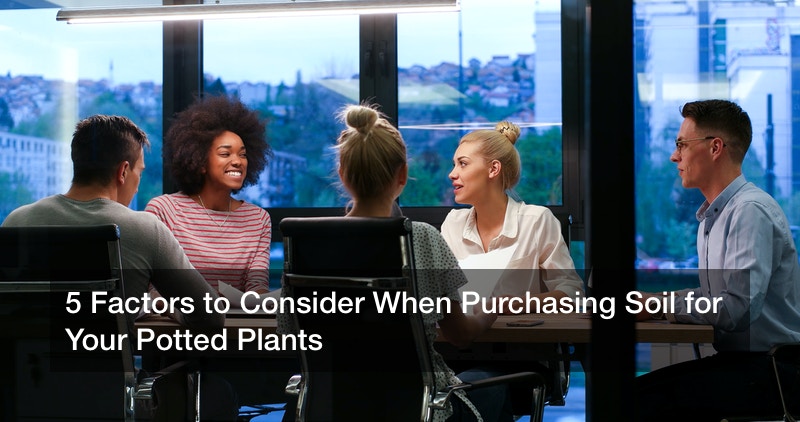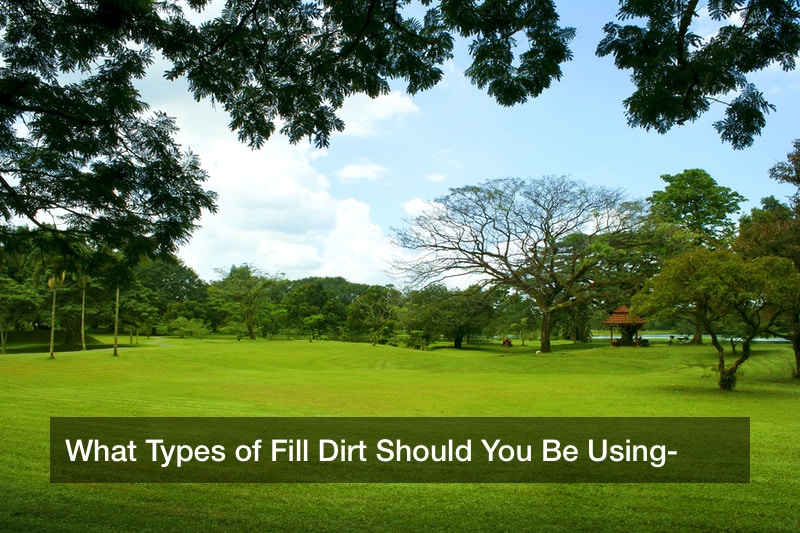
Landscaping improves the visual appeal of your outdoors and indoors. Proper tending of your landscape also increases the resale value of your property by an estimated 14%. Potted plants are an integral part of landscaping. The potting of plants allows you to introduce plant life in both indoor and outdoor spaces where there is no media or soil for their anchorage.
Plant potting soil may contain little to no natural topsoil. You can make the media by mixing various organic and inorganic ingredients. The used parts include moss, coconut husks, coir, vermiculite, bark, and sphagnum, among others. When buying potting soil, you should consider the factors that determine the quality of the soil. Here is a brief exploration of these characteristics and their importance.
1. Drainage and water holding capacity
Perfect soil for potted plants should have good drainage and the ability to keep moisture. Poor drainage often leads to poor plant rooting. Most people rent or buy property without considering the kind of soil in the gardens or yards. Sticky and heavy clay soil does not drain well, and it holds too much water. But you can improve its drainage capacity by buying and incorporating sand and organic matter.
The bulky organic and inorganic matter increases the pore count and size within the soil, and thus improving drainage. Gravel-filled and coarse paraded sand have better drainage, but poor water retention. Pot plants may dry out in such soils because of lack of water. The capacity of such media to hold moisture increases if you buy and add organic materials such as manure and compost.
2. Air porosity and aeration
The ideal soil for potted plants should be porous. Enough porosity allows smooth movement of air and water within the media. Air porosity is a measure of the pore space volume between soil particles. You should measure porosity after the water-saturated soil drains. Commercial soil mixes at your landscaping supply store are a mixture of soil and other organic components. These components may include peat moss, compost manure, and sphagnum. These components improve the soil’s water retention. Coarse sand is also added to increase aeration by creating more pores within the media.
3. Organic matter content
Organic matter decomposes in the soil to give broken down nutrients and humus. Humus helps in retaining water and keeping the spaces within the soil open. Potting media that have high organic matter is warm and rich in minerals and nutrients. Farmyard manure, mulching supplies, and compost manure are the common ingredients used to amend the soil for potted plants. These ingredients improve the levels of organic matter in your potting soil medium.
4. Acidity
Soil for potted plants should not be too acidic because high levels of acidity don’t favor healthy rooting. Some soils are acidic by nature, but others get acidic properties from fertilizers or other soil amendments. Dolomitic or calcium-containing lime is often applied to adjust your media pH to the desired levels. General-purpose potted plant media should have a pH that falls within the range of 5.2 to 6.2 to favor healthy pot plant growth and development.
5. Weight
When cleaning your house, you have to move potted plants around or take them outdoors for watering and pot changing and cleaning. As such, your pot plants need to be light. To achieve this goal, you have to use light media, which is not bulky and heavy. Light-weight medium is ideal. You can make a soil mixture with more peat moss, coir, or coconut husks to make your media light. All these ingredients are light-weight, and they have good air porosity and water retention capacity.
Avoid soils with a lot of bark-based media mixes because they absorb too much water and they can make your pot heavy. You should also ensure that your soil for potent plants does not have weed seeds and pests, which will multiply once you use it for potting your plants
Follow these five insightful tips when amending your media. If you do so you’ll most likely have healthy pot plants that will improve the visual appeal of your home or office.

